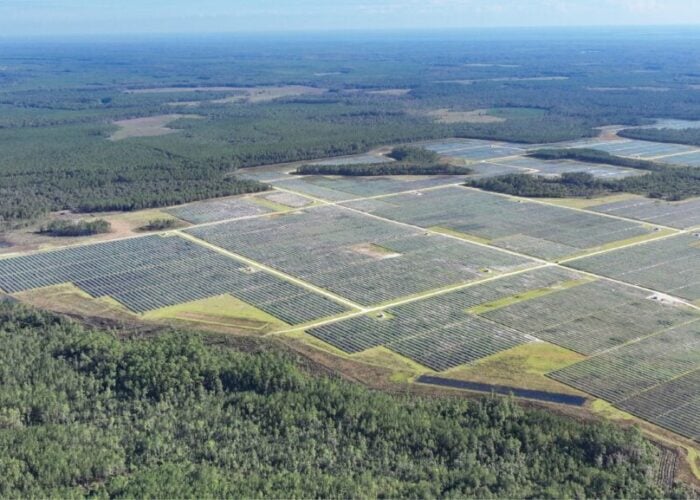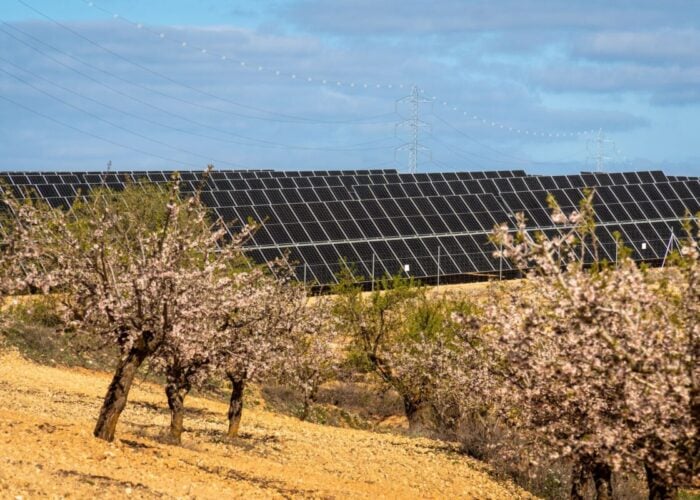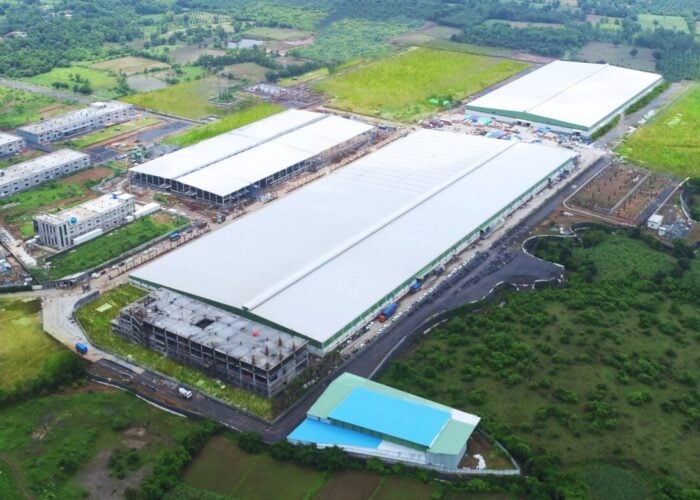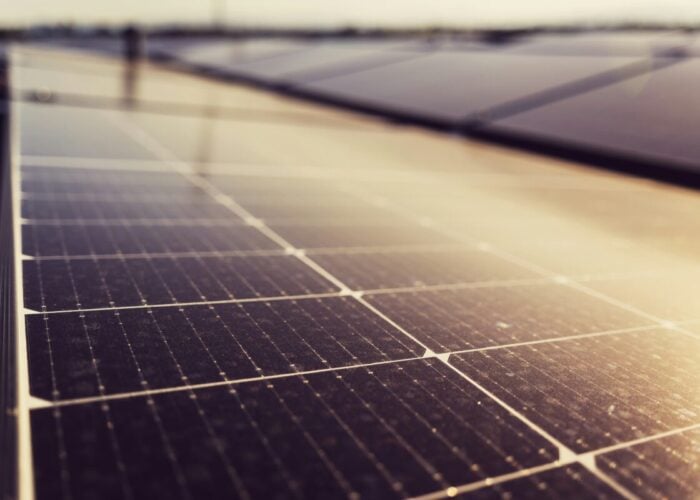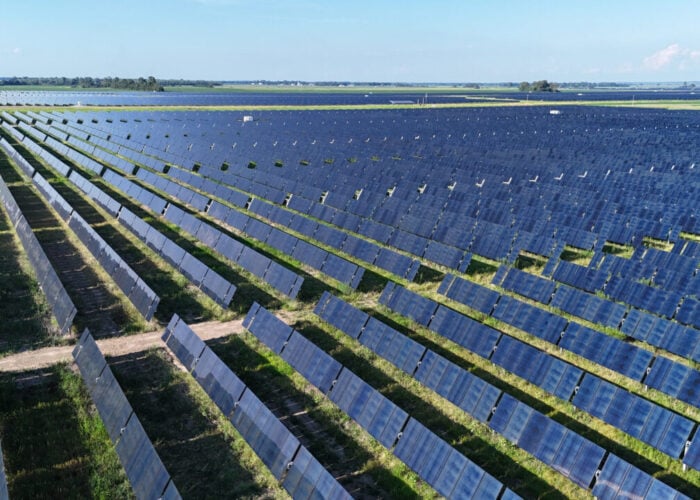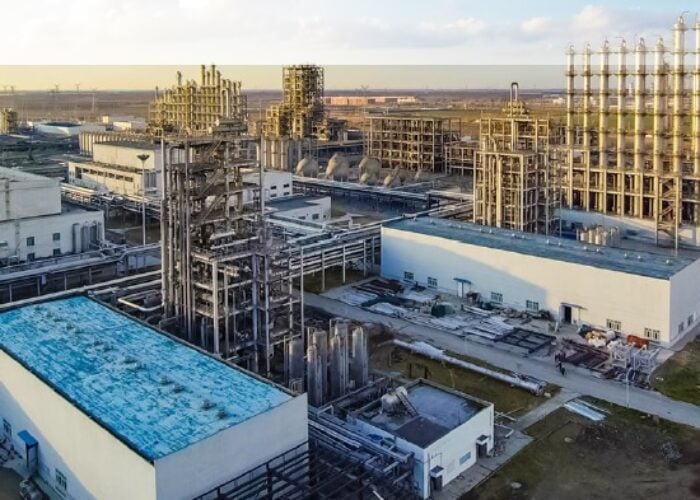Having dropped organic solar cells (OPV) that used fullerenes as the acceptor materials, imec has reported in ‘Nature Communications’ that it has produced a fullerene-free OPV cell with a record conversion efficiency of 8.4% and a 156cm2 module with a conversion efficiency of 5.3%.
The research centre noted that although fullerenes are the dominant acceptor materials in current OPV cells, the small absorption overlap with the solar spectrum limits the photocurrent generation in fullerene acceptors, while the deep energy level for electron conduction limits the open-circuit voltage.
Try Premium for just $1
- Full premium access for the first month at only $1
- Converts to an annual rate after 30 days unless cancelled
- Cancel anytime during the trial period
Premium Benefits
- Expert industry analysis and interviews
- Digital access to PV Tech Power journal
- Exclusive event discounts
Or get the full Premium subscription right away
Or continue reading this article for free
By introducing two fullerene-free materials as acceptors, open-circuit voltages increased compared to standard OPV cells with fullerene acceptors, while high short-circuit currents were achieved by developing a multilayer device structure (discrete heterojunctions) of three active semiconductor layers with complementary absorption spectra, and an efficient exciton harvesting mechanism to generate higher conversion efficiencies.
Imec said that the excitons generated in the outer acceptor layer are first relayed by energy transfer to the central acceptor, and then are dissociated at the donor interface, resulting in a quantum efficiency above 75% between 400nm and 720nm. An open-circuit voltage close to 1V is created.
Imec believes that a multilayer cascade structures could prove to be an alternative to conventional donor-fullerene organic solar cells and continue to focus on scalable production processes for OPV cells and modules.

